An Introduction to Triple-Tongue and Double-Tongue - BSN METHOD
Composer: Junge, Georg
Publisher: TrevCo
Edition: 2031 - 68163
$24.00
An Introduction to Triple-Tongue and Double-Tongue
Studies and Excerpts from the Opera and Orchestra Repertoire
for bassoon
by Georg Junge (1899-1967)- German composer and bassoonist
Contents
Studies for the Triple-Tongue
Excerpts from Opera and Orchestra Repertoire
Studies for Double-Tongue
Excerpts from Opera and Orchestra Repertoire
Dear Colleagues! if you would like to have a great technical advantage and don't hesitate to invest a little work and energy in a progressive way, then I advise you to learn the triple and double tongue staccato. The well-known Almenraeder addresses this topic in his French, "The School of Bassoon" method, but not really thoroughly. One might claim it is easier on the French bassoon, but I could demonstrate it works easily as well on the German system, without losing the robust tone character. Effortlessly the bassoonist can master quick and continuous staccato passages.
Looking to the examples of orchestral part you will easily understand the necessity of my suggestion, which has been proved by myself. I advise you to first study the interesting triple-tongue (pages 1-11) as the double-tongue, which is less complicated, will then come nearly automatically (pages 12-23). At first practice without the instrument and reed. Start speaking "te-ke-ke" slowly and get faster step by step, always with constant regularity.
Secondly, the bassoonist should by no means change his reed. it is advisable to practice on old reeds first. Once you have attained some reliability, you can start with the following daily studies. Once you have mastered the triple -tongue, you can maintain this skill without too much more practicing. Lastly, those who want to approach this subject should be an advanced bassoonist already.
-Georg Junge- bassoonist with the Leipziger Gewandhausorchester for 36 years
From the publisher and editor:This new engraving of the two volumes by Georg Junge on the subject of triple and double-tongue retains all of Mr. Junge's notations. You will notice, however, for clarity, that in most cases only the first measure reflects the notation for execution; and later even this is omitted. The use of "te" and "ke" are Mr. Junge's suggestions, but teachers who may have a different notation should feel free to substitute their own preference.

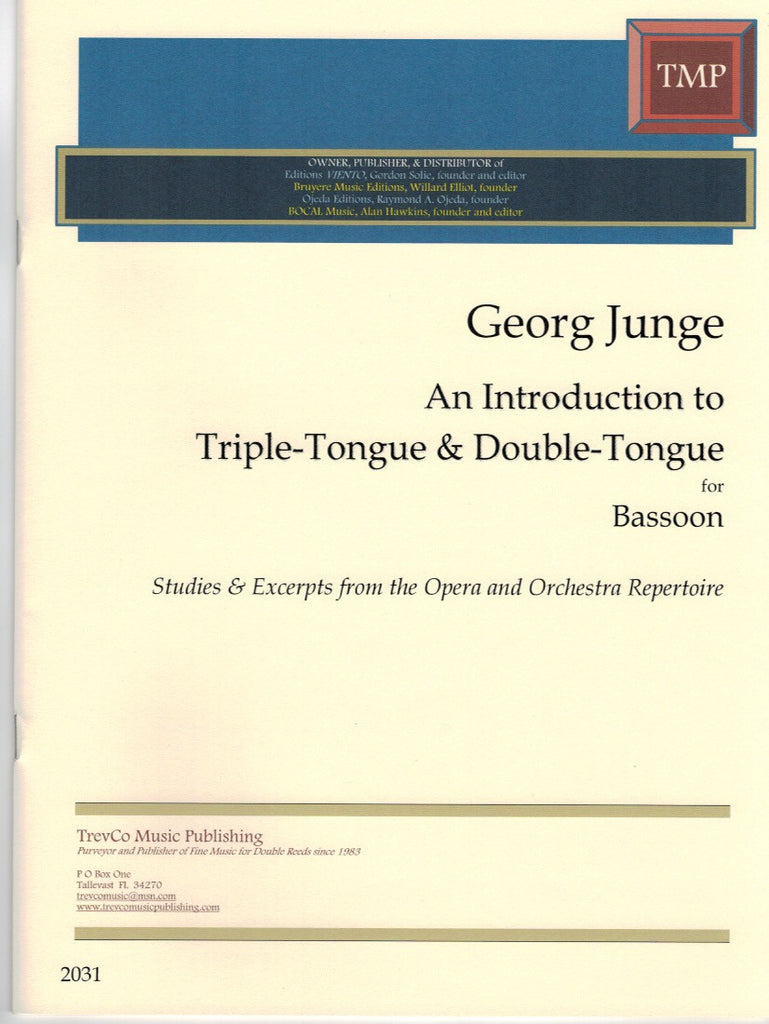
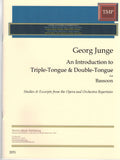
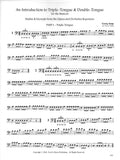
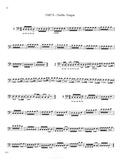
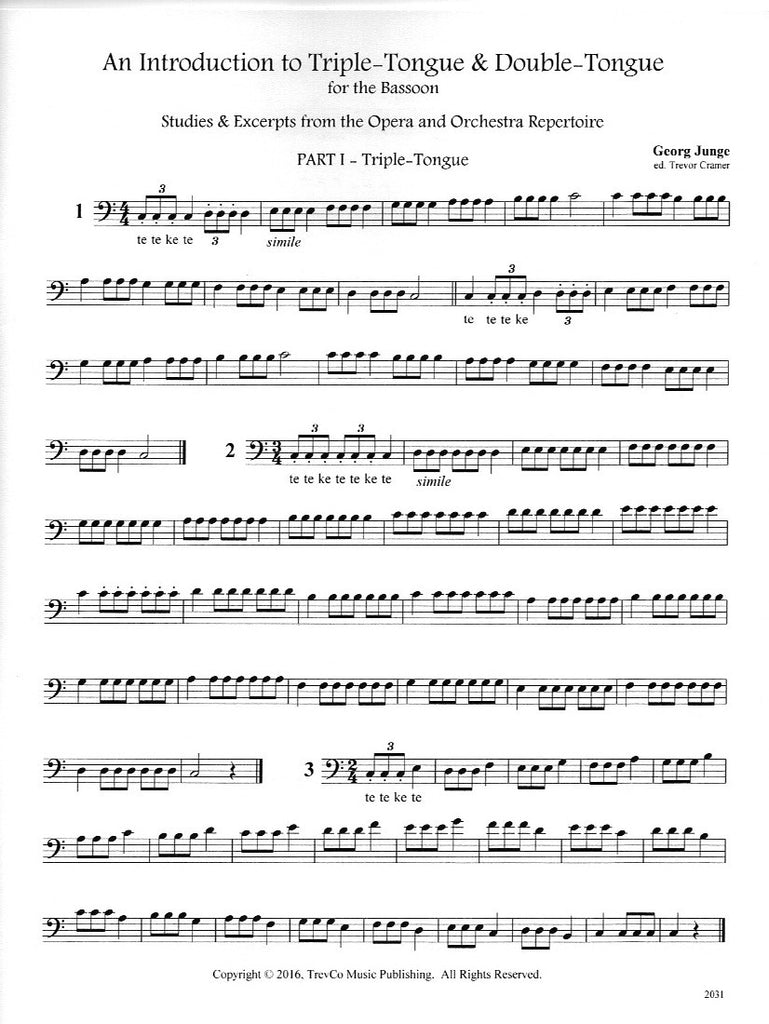
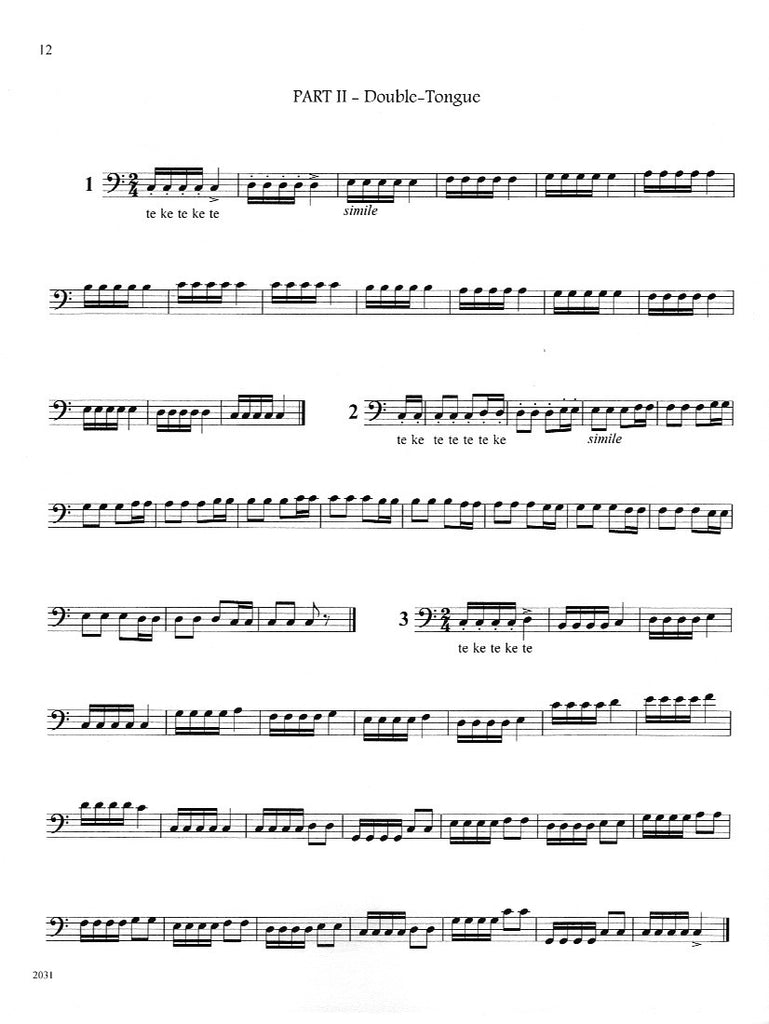
Share this item: